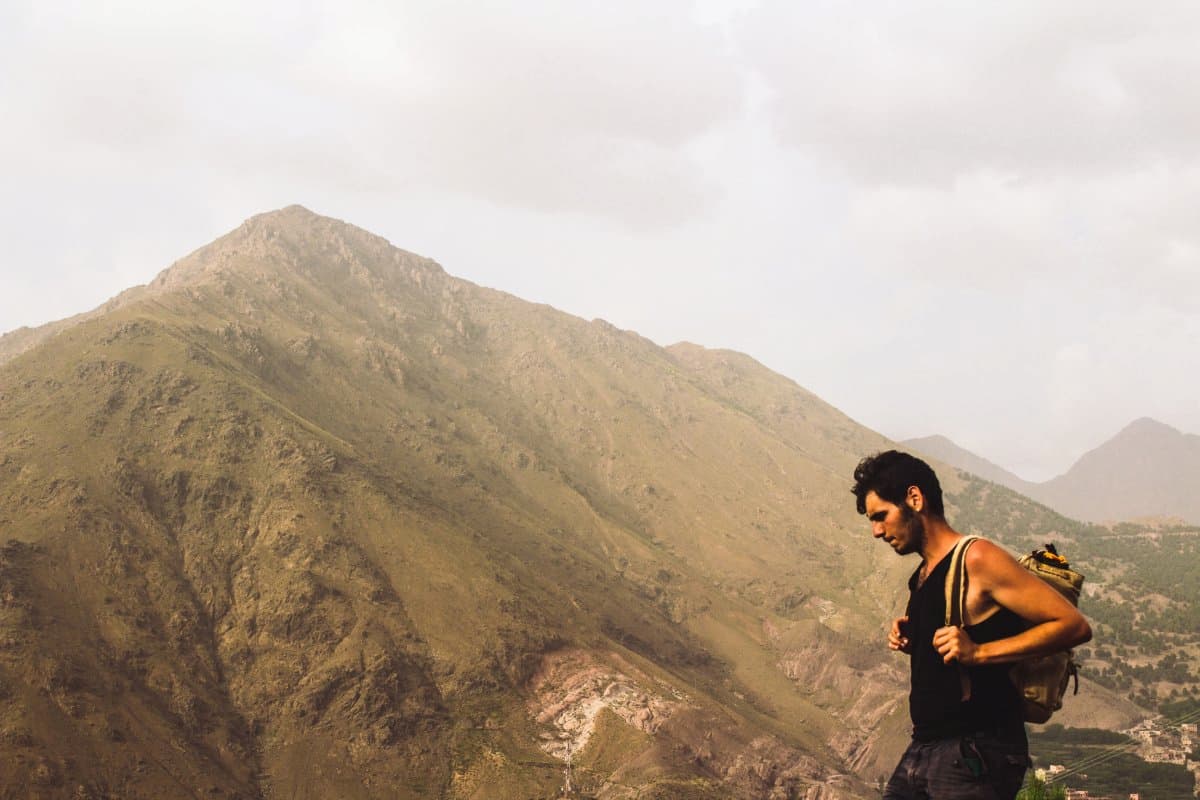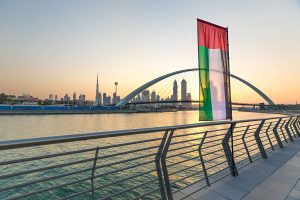Multiple historic sites in Marrakech were reopened to tourists on Sunday, a month after a devastating earthquake hit Morocco and took the lives of nearly 3,000 people. The reopened sites include Bahia Palace, Badi Palace, and the Saadian Tombs, reported Morocco World News.
Morocco is also hosting a large conference this week: The 2023 World Bank and IMF annual meeting. It is the highest-profile event Morocco has hosted so far, said Siham Fettouhi, Morocco Tourism Office Director for USA and Canada.
“We’ve been hosting more and more events every year, and the proof of that is that annual conference, we’re talking about more than 14,000 people coming into Marrakech this week,” said Fettouhi.Top of Form
Some parts of the areas affected by the earthquake remained closed to the public. “There’s a few locations that are not open to the public now in Marrakech because of what happened in the mountains more than in Marrakech itself,” said Fettouhi.
That hasn’t stopped tourism to Morocco. “People are still coming. People do understand that it’s an earthquake. It’s not a virus or something else that people don’t understand,” she said.
Morocco’s has been having a strong tourism trajectory this year. Between January and August, Morocco welcomed 10.2 million travelers. The country may exceed its pre-pandemic level of 13 million this year, said Fettouhi.
The Moroccan government aims to attract 17.5 million tourists and $12 billion in revenue by 2026. Between 2023 and 2025, Morocco’s government will be investing $2.7 billion in tourism, which will include hotels, airports, training and roads, said Fetthoui.
A big portion of the investment is going toward training to serve different markets. The country has seen strong growth from markets like India, China, South Korea and the U.S.
Over the past few decades, Morocco has become a unique destination with a variety of offerings, from ancient ruins to cultural experiences to trekking in the Atlas Mountains, according to multiple tour operators.
“More recently, Morocco has become a destination of choice – it used to be more of an add-on,” said Michael Edwards, Managing Director, Explore Worldwide. In the past, travelers used to pair Morocco with trips to Spain or France and focus on mostly on culture tours.
The government has added 1800 km in highway infrastructure to make more destinations accessible. In the past, it took travelers “hours and hours” to drive from Rabat to Marrakech. Now, it’s a two-hour drive.
The country has excellent infrastructure for circuit tours, said Kelly Torrens, vice president of product for Kensington Tours. “The quality of the guiding and the accommodation is great in Morocco,” she said.
The country has over 286,000 hotels beds – 10 years ago, it had 200,000.
What kicked off Morocco’s trajectory was an aviation agreement the country signed with the European Union in 2006, said Fettouhi. Under the agreement, EU and Moroccan airlines could operate routes between any EU airport and Morocco without capacity restrictions.
Since the agreement, the number of airlines servicing Morocco grew from 24 to 61 between 2004 and 2019. Total weekly flights rose from 400 in 2000 to 1,521 in 2019. Total international cities connected to Morocco’s airports rose from 48 to 153 between 2004 and 2019.
International travel to Morroco has exceeded pre-pandemic levels. Over 11 million international travelers flew through Morocco in the first half of 2023, up 7% from 10.2 million in 2019, according to Morocco Airports Authority. “Pretty much every airport in the country is busier than it was in 2019, and by a lot,” said Skift Airline Weekly Senior Editor Jay Shabat.
Source: Skift






